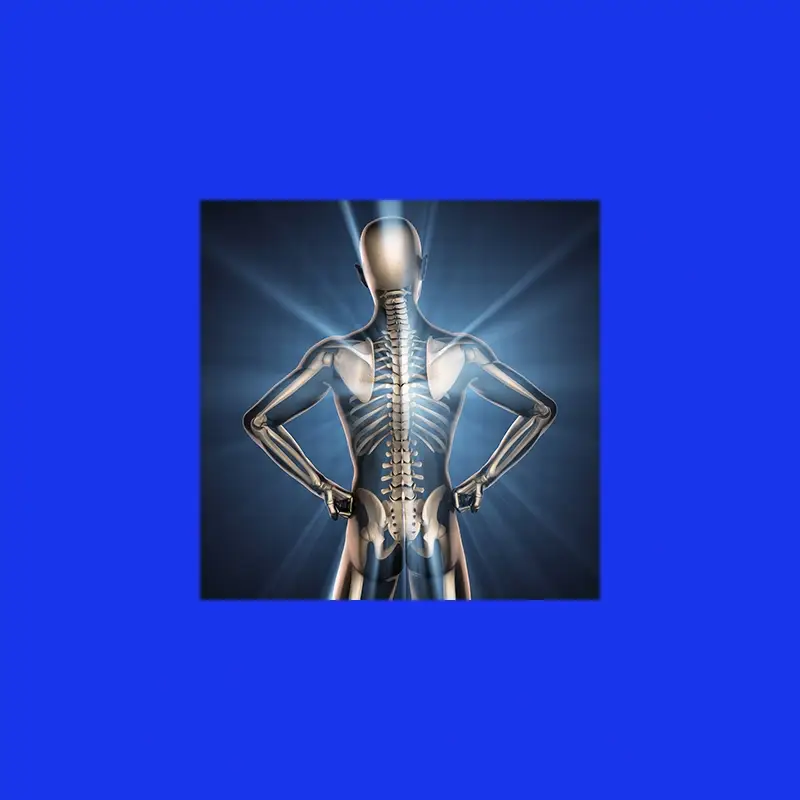
Breathing Essentials: Foundation Form Function of the Core
Concepts of Trunk stability for Optimal Function and Motion
The respiratory system is a vital component of spinal function. The rib cage is the center of trunk rotation and is important in transferring loads from the lower extremities and upper extremities through the various regions of the spine. The rib cage is a prime base for muscle and fascial connections that affect the cervical and lumbo/pelvic regions. If we don’t breathe properly, the rib cage can be altered and become dysfunctional with poor rotation and poor breathing patterns.
The diaphragm functions in posture and respiration. Its intimate connections, muscularly and neurologically with the lumbar spine, deep abdominal and pelvic floor muscles, and its ability to maintain intra-abdominal pressure, are vital for spinal stability.
Dysfunction of the respiratory complex, trunk muscular imbalances, muscular inhibition and weakness, myofascial restrictions, loss of axial rotation, and chronic hyperventilation, all have significant effects on posture, trunk stability, chronic pain, upper extremity, and lower extremity function and motion.
- Discover the correct core.
- Learn what will inhibit the core and how to facilitate an inhibited or delayed core.
- Improve your core and trunk stability by improving the function of the diaphragm and the other three vital core muscles.
This three-and-a-half-hour class has comprehensive, research, and evidence-based information on the rib cage, respiration, core anatomy, and function and how to regain your movement length and core strength.

